The meaning of Buddha statues with red bibs and night walk at Okunoin cemetery
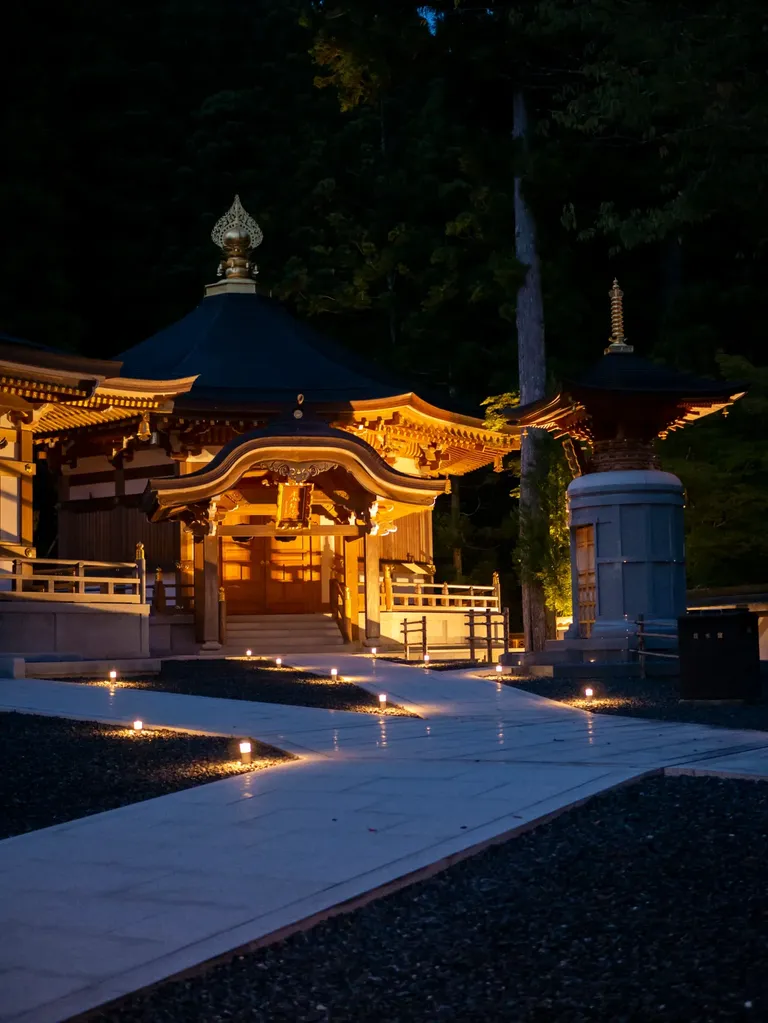
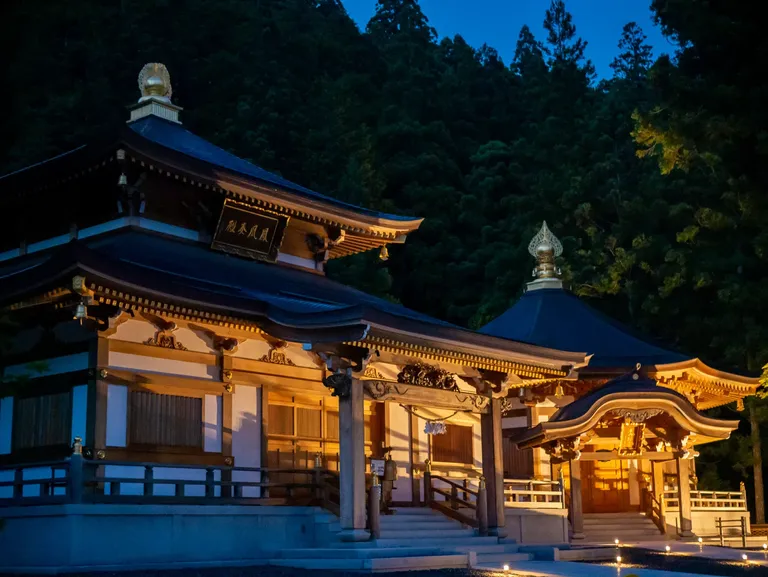

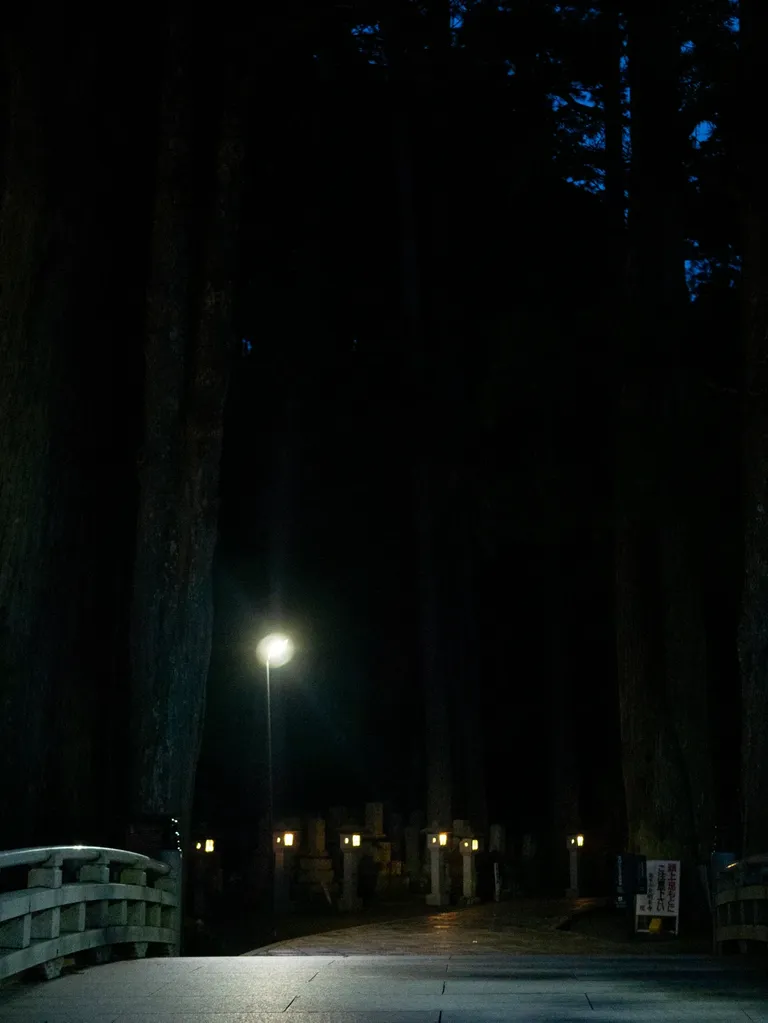
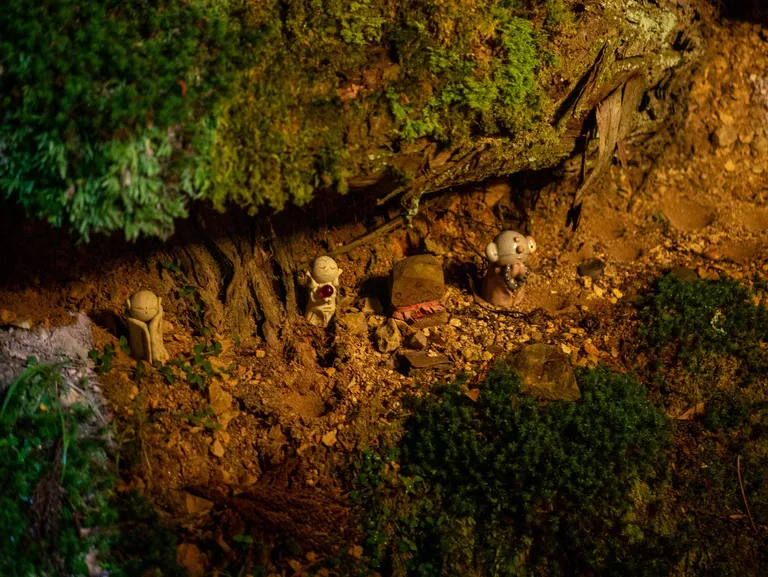
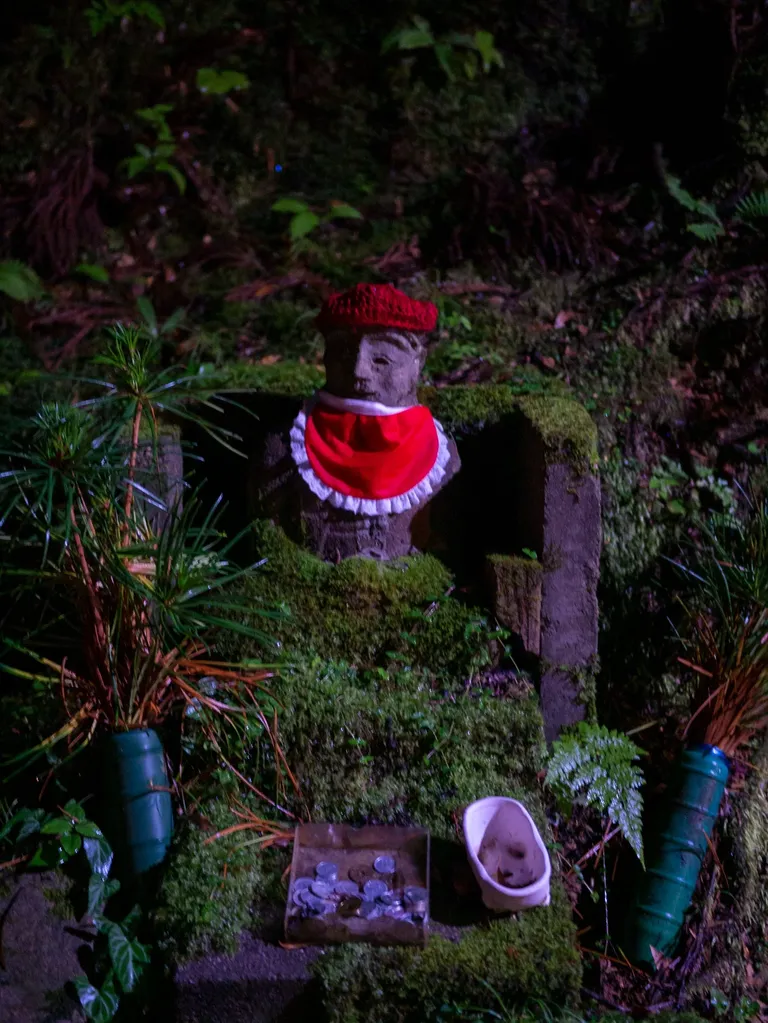
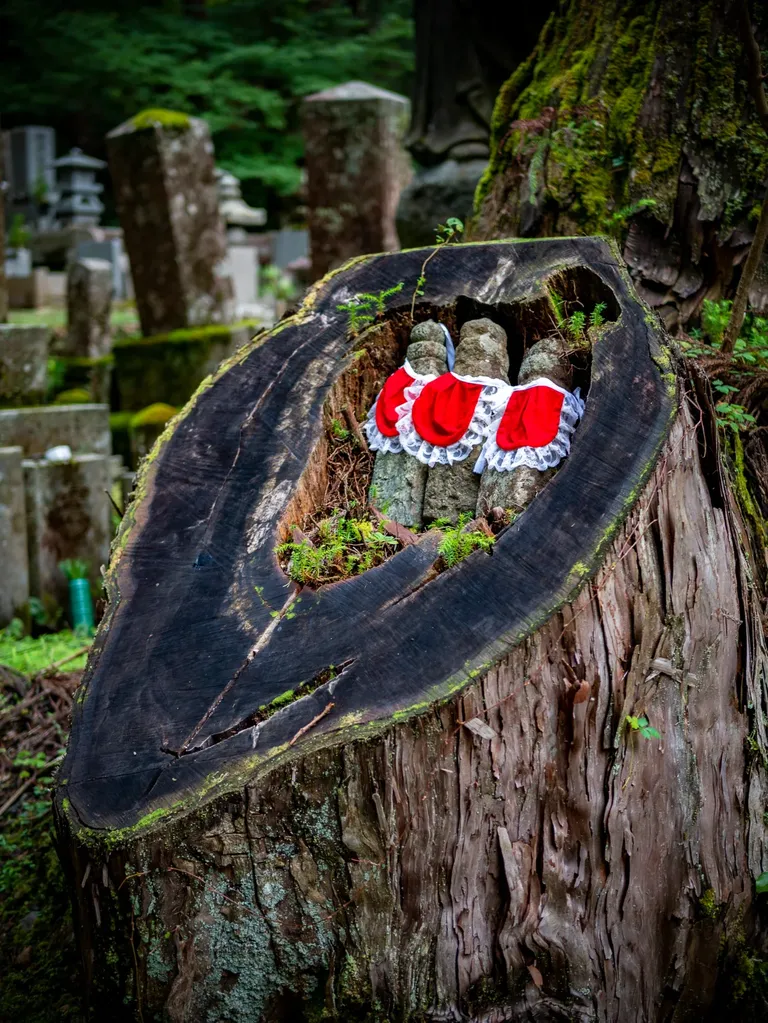
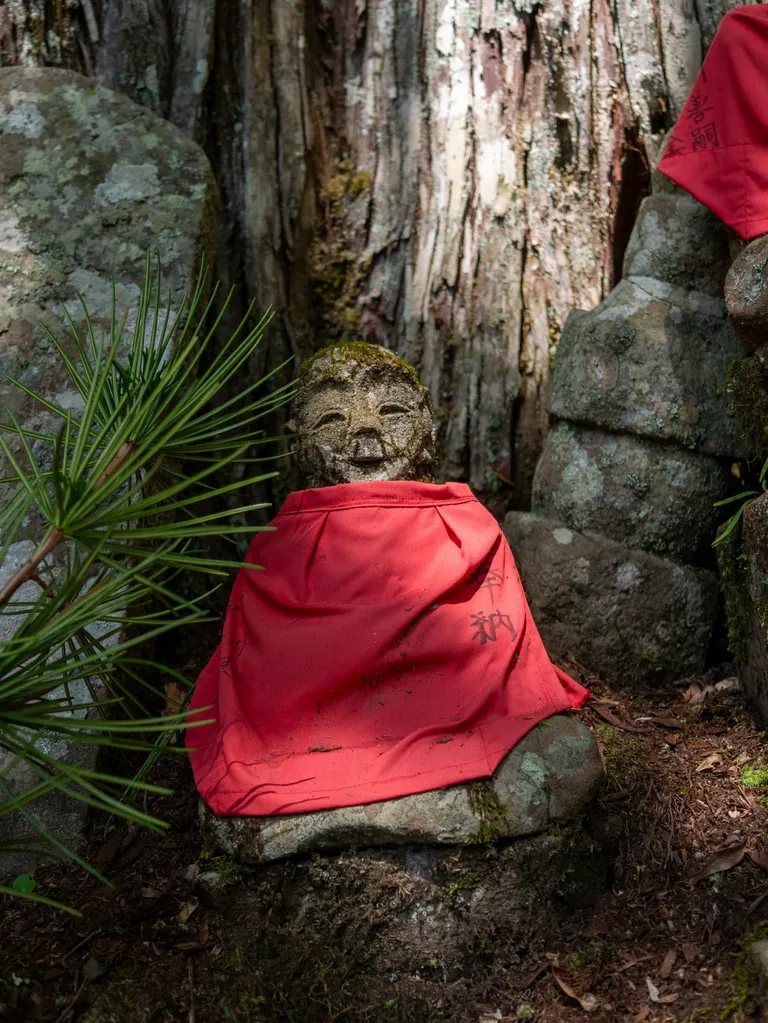

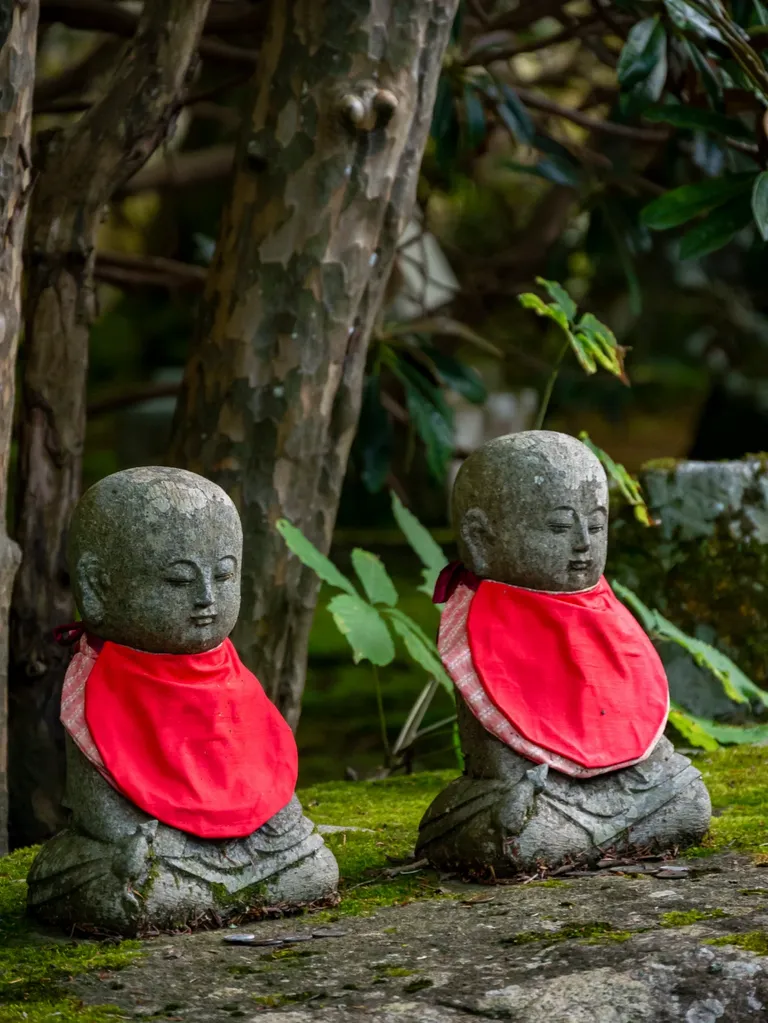
Hi everyone,
If you have ever been to Japan, you might have seen Buddha statues wearing red bibs. These statues, known as Jizo Bodhisattva, are often found at Buddhist temples and cemeteries across Japan. The main difference between a Buddha and a Bodhisattva is that the Buddha reached and accepted enlightenment while the Bodhisattva did not reach it yet or did not accept it.
In the case of Jizo (also called O-Jizo-Sama in honorific Japanese), the is the latter. He refused enlightenment to stay on Earth and help humans to reach it and he vowed to become a Buddha only after all souls will be freed from the reincarnation circle.
Jizo is the protector of travelers and children and is often placed near roads or paths to facilitate safe passage, but the origins of its red bid are quite sad. Indeed, he is the protector of children both alive and dead. The red bibs are placed by people who lost a child. We can sometimes find toys around Jizo statues, which are left by parents as a prayer for their lost children. When parents come to pray to Jizo for their dead children, they ask him to take care of them as a foster parent
But rest assured, not all offerings to Jizo are for dead children. In fact, many statues were offered a red bib and prayers for living children to protect them from illness or to wish the baby a long and happy life! In Okunoin cemetery, many of these statues wear a red bib and/or hat but it is a very famous pilgrimage place as well so it is only natural to find a lot of them there.
When we learned the story behind these red bibs, we started to see these statues differently, and now we cannot help but imagine the sorrow of those who left the red bib behind and those who come to pay their respects to the dead.
I hope you enjoyed these pictures of Okunoin by night and Jizo-san!
Thank you for reading until the end and as always, feel free to leave a comment!
Bonjour à tous,
Si vous êtes déjà allé au Japon, vous avez sûrement déjà vu des statues de Bouddha portant des bavoirs et/ou des bonnets rouges. Ces statues, appelées Jizo bodhisattva, se trouvent souvent dans les temples et les cimetières bouddhistes du Japon. La principale différence entre un bouddha et un bodhisattva est que le bouddha a atteint et accepté l'illumination alors que le bodhisattva ne l'a pas encore atteinte ou ne l'a pas acceptée.
Dans le cas de Jizo (également appelé O-Jizo-Sama en japonais honorifique), il s'agit du second cas. Il a refusé l'illumination pour rester sur Terre et aider les humains. Il a fait le vœu de ne devenir un bouddha que lorsque toutes les âmes seront libérées du cercle de la réincarnation.
Le Jizo est le protecteur des voyageurs et des enfants et il est souvent placé près des routes ou des chemins, mais l'origine de son bavoir rouge est bien triste. En effet, il est le protecteur des enfants vivants, mais aussi morts. Les bavoirs rouges sont placés par des personnes qui ont perdu un enfant. On trouve parfois des jouets autour des statues de Jizo, laissés par les parents en guise d'offrance pour leurs enfants perdus. Lorsque les parents viennent prier Jizo pour leurs enfants décédéd, ils lui demandent de prendre soin d'eux, comme un parent adoptif.
Mais rassurez-vous, toutes les offrandes à Jizo ne concernent pas les enfants morts. En effet, de nombreuses statues se voient offrir un bavoir rouge et des prières pour des enfants vivants afin de les protéger de la maladie ou de souhaiter au bébé une vie longue et heureuse ! Au cimetière d'Okunoin, beaucoup de ces statues portent un bavoir rouge et/ou un bonnet, mais c'est aussi un lieu de pèlerinage très célèbre, il est donc normal d'en trouver beaucoup.
Lorsque nous avons appris l'histoire derrière ces bavoirs rouges, nous avons commencé à voir ces statues différemment, et maintenant nous ne pouvons nous empêcher d'imaginer la peine de ceux qui ont laissé ce bavoir et qui viennent leur rendre hommage.
J'espère que vous avez apprécié ces photos d'Okunoin de nuit et de Jizo-san !
Merci d'avoir lu jusqu'à la fin et comme toujours, n'hésitez pas à laisser un commentaire !
For the best experience view this post on Liketu
Merci, j'ai appris bcp.
!PGM
!PIZZA
BUY AND STAKE THE PGM TO SEND A LOT OF TOKENS!
The tokens that the command sends are: 0.1 PGM-0.1 LVL-0.1 THGAMING-0.05 DEC-15 SBT-1 STARBITS-[0.00000001 BTC (SWAP.BTC) only if you have 2500 PGM in stake or more ]
5000 PGM IN STAKE = 2x rewards!
Discord
Support the curation account @ pgm-curator with a delegation 10 HP - 50 HP - 100 HP - 500 HP - 1000 HP
Get potential votes from @ pgm-curator by paying in PGM, here is a guide
I'm a bot, if you want a hand ask @ zottone444
Merci!
Content de pouvoir apporter ma pierre à l'édifice !
PIZZA Holders sent $PIZZA tips in this post's comments:
@itharagaian(4/5) tipped @emeraldtiger (x1)
Learn more at https://hive.pizza.
Congratulations @emeraldtiger! You have completed the following achievement on the Hive blockchain and have been rewarded with new badge(s):
Your next target is to reach 2000 upvotes.
You can view your badges on your board and compare yourself to others in the Ranking
If you no longer want to receive notifications, reply to this comment with the word
STOPSupport the HiveBuzz project. Vote for our proposal!
It is a thing of joy to learn about other culture or religion. I never knew Jizo Bodhisattva was really different Buddha. Some little things can have a lot of meaning, talking about the red bibs.
Thanks for sharing knowledge with us
Yes indeed, I find it fascinating as well!
The red bibs have this signification only on Jizo statues. Well, it is true that it became so popular that we can find other Buddha with red bibs but for the foxes at Inari shrines the meaning is different, it is more to ward off evil.
Anyways, thanks for reading!
If you are affected by just the story and a few of the children graves, then if you ever come across a large mizuko cemetery, don't go in. I'm sure you know, but if not, mizuko is a euphemism for stillborn or aborted kids. Hundreds and hundreds of child graves, all with jizo statues, all dressed in the children's clothes and with toys. I didn't know what mizuko meant when I first stumbled upon one on one of my photowalks years ago. I just thought it was the girl's name, not realizing that when using the kanji 水子 it means something quite different, so I went in and looked around. Very sad place. Now that I have young children of my own, I don't have any desire to visit one of those again.
I did not know about Mizuko, but thanks for the advice I will avoid such places for sure!
Now that you mentioned it, I remember a place near the Tokyo Tower with a lot of small Jizo statues wearing red bibs and hats. I don't know if this is such a place, but the atmosphere was very dense...